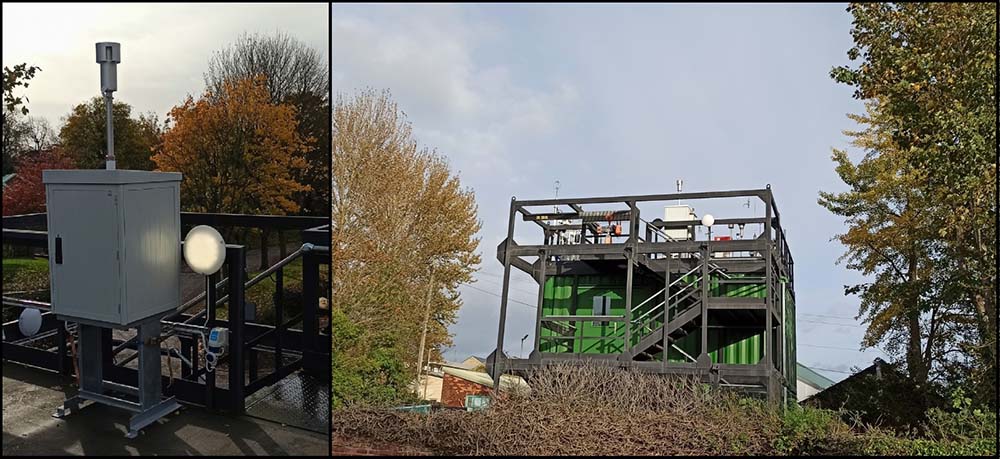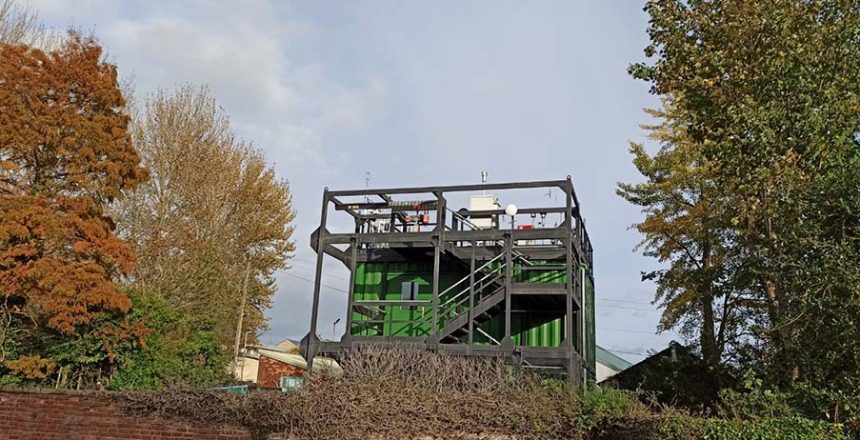In early summer, a double premiere was celebrated with the installation of a SwisensPoleno measurement system in Manchester (UK). On the one hand, the first nationwide real-time pollen concentrations were measured. Second, with the ongoing crisis and various lockdown scenarios, the first remotely installed SwisensPoleno is in operation. Swisens systems are designed to allow installation by the customer with some technical understanding and specific instructions. A wonderful story that shows what is possible for the customer.
Pollen detection in real time – a first in the UK
Biological aerosols (including pollen, fungal spores and bacteria) are omnipresent in the built environment and can often be allergenic. The affects the quality of life of a significant and growing proportion of the population. The UK has one of the highest rates of diagnosed asthma in the world. Around 10% of adults are affected. Of the 5.3 million asthmatics in the UK, someone suffers a potentially fatal asthma attack every 10 seconds, accounting for over 1400 deaths each year.
High cost of treatment
The cost to the NHS of treating allergies is around £1 billion per year. The UK economy loses around £7 billion due to lost productivity caused by allergies. In comparison, 150 million people in the EU suffer from chronic allergy-related diseases. As a result, it is estimated that more than half of the population will be affected by 2025, impacting quality of life and productivity. In the EU, the indirect economic impact of allergies is estimated at 55 to 150 billion euros per year. As cities evolve and are redesigned towards a net-zero world, there is a clear need to understand how biological aerosol emissions affect human health and also how emissions can be influenced by a changing climate, changes in land use and policy.
Ongoing plans of the MUO
Manchester Urban Observatory (MUO) recently acquired a SwisensPoleno measurement system, which is now being used for routine air quality monitoring at the Fallowfield Manchester Environmental Research Institute site. SwisensPoleno uses holography and biofluorescence measurements to identify species via predictive machine learning pathways. The SwisensPoleno measurement system provides researchers with specified atmospheric concentrations of bioaerosols. Whereas the initial focus is on pollen, the ability to identify spores will soon follow. This will allow the MUO team to improve their understanding of local bioaerosol emissions and sources and shed light on their impact on air quality and human health.

The aim of the MUO is to provide the public with real-time specified pollen and fungal concentrations via the open-access data streaming platform manchester-i.com. This will enable the public to make informed decisions about their exposure to allergenic biological aerosols.
Click here for the MUO blog entry:
https://twitter.com/UoM_Observatory/status/1323283692853338114

